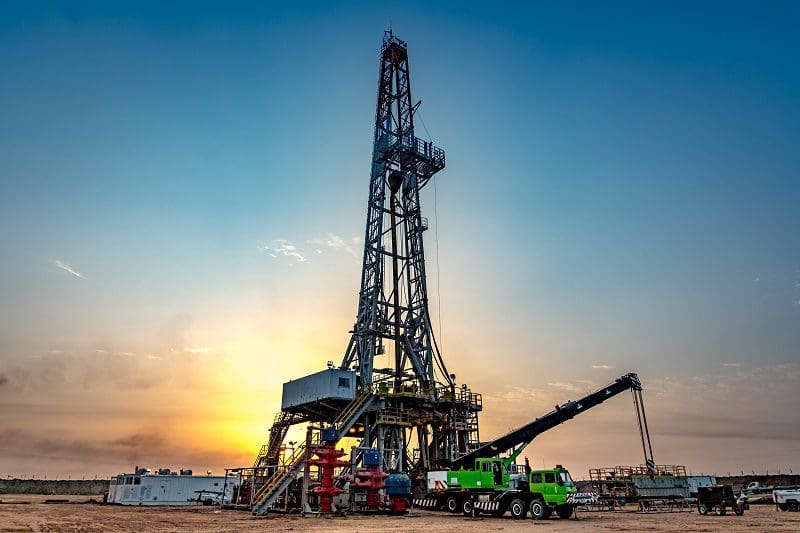The financial fortunes of the Texas state government have tended to flourish with the state’s ever-growing oil and gas industry. Furthermore, the initial discovery of oil at Spindletop in 1901 induced the said journey of exponential growth. It seemed to be a never-ending one.
A Budget Surplus of $32.7 Billion
Texas Vice President Glenn Heger has presented his biennial official state budget. It shows that the future of the oil and gas industry in Texas is pretty promising. Moreover, the state has reported a record surplus of $32.7 billion to implement after formulating the state’s budget for the 2024-25 biennium.
The just-released data from the Texas Oil and Gas Association (TXOGA) reveals that the previous record of $16 billion set in 2019 was broken by 54%. The number points to the industries’ extraordinary growth potential.
According to Heger, the credit for the skyrocketing revenue of the state goes to its oil and gas industry.
The Ray of Hope
The Texas oil and gas industry received news of hope on January 9, 2023. The Environmental Protection Agency (EPA) is not planning to designate the Permian Basin region in non-attainment status regarding air quality guidelines. Instead, the organization has put it in the pending portion of the regulatory agenda, focusing on non-discretionary actions.
Texas for Natural Gas, TIPRO campaign recently conducted a study. Consequently, they found that the total volume of methane emissions declined by approximately 76% in the Permian basin. The state governor, Abort, is pretty influenced by the news. As a result, he declared the Permian Basin “the crown jewel of the Texas oil and gas industry.” He has clearly stated that the state of Texas will take every necessary step to protect the region’s oil and natural gas production. This will further create numerous high-paying jobs in the field of energy production.
Undoubtedly, a non-attainment finding particular to the Permian region would obstruct future oil production. Consequently, the state will experience an impact on its revenue from the taxes on the industry. Given this, the government is making a strategic blueprint for fueling production in the coming fiscal year.
The Expansion
Besides its territory, Texas is likely to benefit from the stretches from the New Mexico border to the Yucatán Peninsula. This area produces a significant amount of crude oil. Furthermore, it holds extraordinary potential for greater production. This region can contribute to a whopping 75% growth in production by 2040.
The Million Dollar Contribution
The Texas oil and natural gas industries are some of the primary contributors to the state’s economic and holistic growth. As a result, the state tax collection has increased twofold over the past years. Interestingly, the oil and gas severance taxes have driven this staggering growth. These severance taxes on natural gas and oil work as the primary funding mechanism for the Texas Rainy Day Fund. Furthermore, these severance taxes on natural gas and oil have become the primary funding mechanism for the Texas Rainy Day Fund.
Presently, the fund holds a balance of approximately $13 billion. However, it might hit $27 billion by 2025. Together with the projected $32.7 billion surplus, this number assures the ever-desired financial flexibility for addressing the funding priorities of Texas in the coming days.
The industry has paid $24.7 billion in state royalties and local taxes this year. Furthermore, it is the highest total in the history of Texas. This $24.7 billion translates into $60 million per day. In addition, this amount fuels the development of the state’s universities, roads, public schools, and other facilities. In addition, this royalty revenue supports transportation and infrastructure – both locally and at the national level.
The production taxes and gas royalties from the oil and gas industry in Texas have doubled over the fourth quarter of the fiscal year 2021. Production taxes surged by $5.8 billion, or almost 116%, and royalties to state funds increased by $2.2 billion. This increase is around 102%. The production taxes crossed the mark of $10 billion.
An Environmentally-Friendly Effort
Todd Staples, the TXOGA president, claims that the United States is putting vigorous effort into protecting the environment. Moreover, the oil and natural gas industry is leading the way through innovation. Different industry-led initiatives, like the Environmental Partnership, the Texas Methane and Flaring Coalition, etc., have been introduced to promote collaboration in developing solutions for achieving environmental progress. All the while, they fulfill present and future energy demands.
Summary
Energy security has turned into a necessity. Consequently, several countries across the globe are experiencing rigorous difficulties in accessing affordable and secure energy. To achieve energy stability, Texas continues to take various promising steps, leading its way to a bright future. The state has made a trade alliance with the European Union. Recently, the United States released 180 million barrels of oil from the country’s Strategic Petroleum Reserve. The Permian Basin of Texas fuels the supply of the reserve. However, the state requires a policy framework that helps it to reduce the associated challenges like reduced production and increased oil prices because of cold weather, its carbon footprint, and other environmental challenges.






